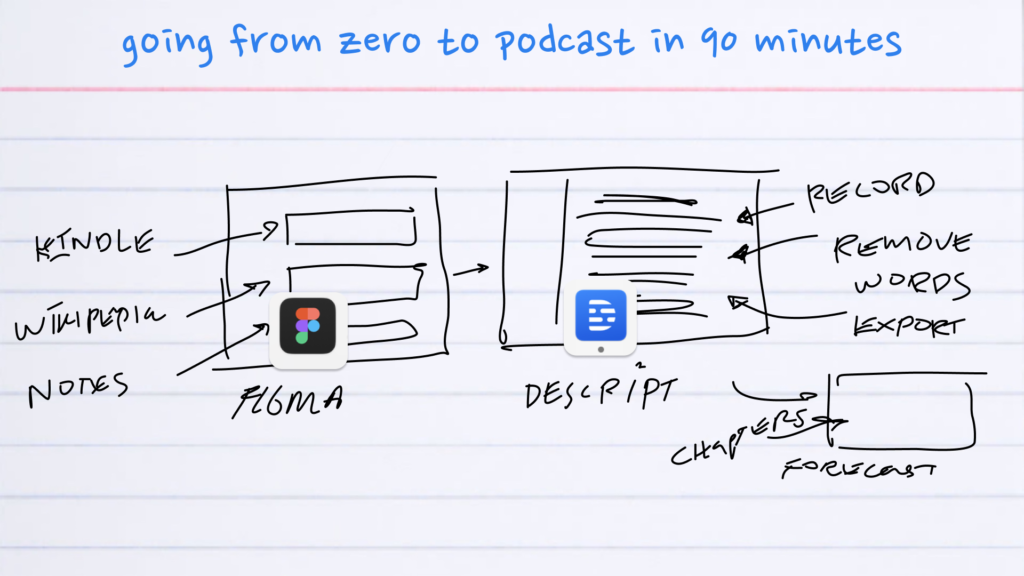Sahil Lavingia talks about simplicity and polish:
I had a tweet yesterday. That’s like basically minimize surface area to maximize polish.
And that spurred because I noticed we were starting to do more and more things. And it just became incredibly expensive, you know, because every time we would launch a new thing, it’d have to work with all these other things that we had, right? So it’s not just adding one hop of complexity. All the things that you built now have to work with that thing and that feature.
So it’s kind of like a factorial. It’s like N+1 factorial not + N in terms of adding complexity.
This is the tweet he mentioned:
If you want your product to be really, really great, it has to be really, really focused.
Minimize surface area to maximize polish.
— Sahil Lavingia (@shl) April 22, 2020
This can apply to people as well. From Jason Fried and DHH’s It Doesn’t Have to be Crazy at Work:
What is it with three? Three is a wedge, and that’s why it works. Three has a sharp point. It’s an odd number, so there are no ties. It’s powerful enough to make a dent, but also weak enough to not break what isn’t broken. Big teams make things worse all the time by applying too much force to things that only need to be lightly finessed.
The problem with four is that you almost always need to add a fifth to manage. The problem with five is that it’s two too many. And six, seven, or eight on a team will inevitably make simple things more complicated than they need to be. Just like work expands to fill the time available, work expands to fill the team available. Small, short projects quickly become big, long projects when too many people are there to work on them.
===
I’m trying to get back to writing short posts and will be more deliberate about using these short podcast note and book note posts in future Active Recall episodes. This is an attempt to make the podcast the #1 thing I make between the podcasts, videos, and blog posts. A rough idea that’s forming: The podcast is the thing I make, the blog posts are notes for future episodes I make or notes about podcasting, and the videos will be about how I make those things. And there will be less podcasting about podcasting. This, of course, is likely to change. But we’ll see!


